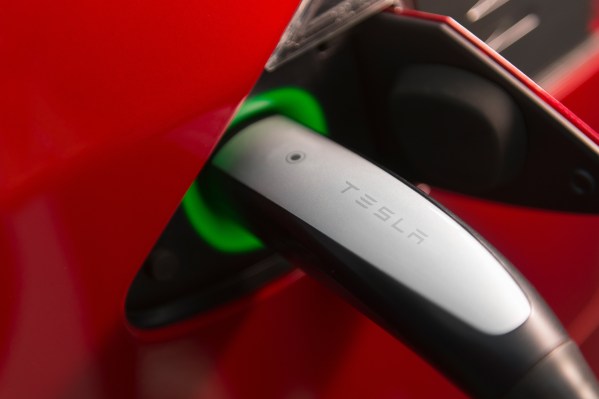Tesla continued its profitability streak, reporting Wednesday net income of $1.62 billion in the third quarter, a nearly fivefold increase from the $331 million it earned in the same period last year. The record-setting profit came thanks to record sales and despite a global chip shortage and supply chain constraints that have affected the industry.
Notably, Tesla was able to earn that record net income (on a GAAP basis) even as the vast majority of its sales came from its cheaper Model Y and Model 3 electric vehicles. Tesla did take a Bitcoin-related impairment of $51 million in the quarter, ended September 30. Shares fell less than 1% in after-market trading to $859.80.
Tesla reported that operating income was $2 billion, which increased year over year from $809 million. Operating income also grew 54% from the $1.3 billion reported in the second quarter. The company also generated $13.76 billion in revenue in the third quarter, a 56% increase from the $8.77 billion it reported the same period last year. Revenue was also 15% higher than $11.96 billion reported in the second quarter of 2021.
While Tesla fancies itself an energy, technology and sustainability company, the bulk of its revenues still come from the sale of electric vehicles. Tesla’s automotive revenue was $12 billion in the third quarter, up 50% from the same period last year. About $279 million of that automotive revenue came from the sale of regulatory credits, the lowest since the fourth quarter in 2019. Meanwhile, Tesla’s automotive gross margins on a GAAP basis popped to 30.5%, a historic high for the metric.
The results beat analysts expectations. Analysts surveyed by Yahoo Finance expected revenue of $13.62 billion. Analysts surveyed by Factset forecast revenue of $13.6 billion and a profit of $1.3 billion.
For now, the success of the company hinges on its ability to produce and sell EVs (as opposed to solar and energy storage, two other products it manufactures and sells) as well as its ability to make its so-called FSD (Full Self-Driving) software widely available to owners who have purchased the product and are still awaiting a wider rollout. Tesla is facing increasing regulatory scrutiny over its tactic of releasing beta software to some owners.
The company noted in its third-quarter earnings report that a “variety of challenges, including semiconductor shortages, congestion at ports and rolling blackouts, have been impacting our ability to keep factories running at full speed.” The comments suggest that demand is not a problem and that it is limited only by supply chain and logistical constraints.
Energy storage deployments on a megawatt-hour basis saw a 71% uptick year-over-year, an increase that Tesla said was driven by growth in its commercial Megapack product. That growth did slow between the second and third quarters showing just a 1.6% increase in deployed MWh.
The same story plays out on the solar energy stage. Tesla reported it installed 83 megawatts of solar in the third quarter, a 46% increase year-over-year and a 2.35% drop from the second quarter. The solar installed in the third quarter is the lowest numbers reported in 2021.
The positive results follow record deliveries of its Model 3 and Model Y vehicles in the third quarter. The automaker said it delivered 241,391 electric vehicles in the third quarter, blowing past expectations as other U.S. automakers experienced a drop in sales as the result of a global chip shortage.
The vast majority of Tesla deliveries (some 96%) were its newer Model 3 sedan and Model Y crossover. Only 9,275 of the vehicles it delivered were Model X and S. Deliveries grew 20% since the second quarter and were 73% higher than the same period last year.
Production numbers also grew. Tesla produced 237,823 electric vehicles in the third quarter, another record for the company.
